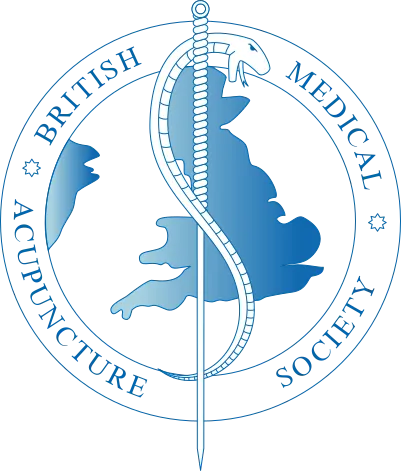Hip pain can result from various underlying causes, and physiotherapy can often be an effective treatment approach for many of them. Common causes of hip pain that can be treated with physiotherapy include:
- Muscle Strains: Overuse or sudden movements can lead to strains in the muscles around the hip joint. Physiotherapy can help by prescribing exercises to strengthen and stretch the affected muscles, as well as techniques to reduce pain and inflammation.
- Tendonitis: Inflammation of the tendons around the hip joint can cause pain. Physiotherapy can focus on exercises and modalities to reduce inflammation and promote healing.
- Bursitis: Inflammation of the bursa sacs (fluid-filled sacs that cushion joints) in the hip can be painful. Physiotherapists can recommend exercises to improve hip joint mobility and reduce inflammation.
- Osteoarthritis: This is a degenerative joint disease that can cause hip pain due to the breakdown of cartilage in the hip joint. Physiotherapy can involve exercises to maintain joint range of motion and strengthen the muscles supporting the hip joint.
- Hip Labral Tear: A labral tear occurs when there is damage to the cartilage (labrum) that surrounds the hip socket. Physiotherapy can help stabilize the joint and improve hip mechanics through specific exercises and movement modifications.
- Hip Impingement (Femoroacetabular Impingement, FAI): In FAI, the bones of the hip joint do not fit together properly, causing pain and damage. Physiotherapy can include exercises to improve hip range of motion and strengthen the muscles around the hip to reduce impingement.
It’s essential to consult with a healthcare professional, such as a physiotherapist or orthopaedic specialist, to accurately diagnose the cause of your hip pain and develop a personalized treatment plan. The specific physiotherapy techniques and exercises recommended will depend on the underlying condition and individual factors.
What can we do to help?
Physiotherapy offers a multifaceted approach to alleviate and manage hip pain, aiming to address its root causes, enhance mobility, diminish discomfort, and improve overall well-being. Physiotherapists employ a range of techniques and interventions tailored to each patient’s unique circumstances.
To manage pain, physiotherapists may employ modalities such as heat, cold therapy, ultrasound, and electrical stimulation. Exercise programs, another fundamental component, are carefully curated to boost muscle strength, flexibility, and joint mobility in the hip region, ultimately stabilizing the joint and reducing pain.
Manual therapies, including joint mobilization, soft tissue massage, and targeted stretching, can ameliorate hip joint mobility and release muscle tension. Moreover, education plays a vital role in the process. Patients receive insights into their condition, its underlying causes, and contributing factors, empowering them to make informed lifestyle choices.
Physiotherapists also address posture and movement issues, providing guidance on proper body mechanics and ergonomic adjustments. Gait analysis may uncover abnormal walking patterns contributing to hip pain, enabling corrective exercises and adjustments.
Customised treatment plans are tailored to individual needs, considering age, activity level, and overall health. We ensure you have a tailored approach to your hip pain management, promoting consistency and commitment to the prescribed exercises and treatments for the best possible outcomes.











